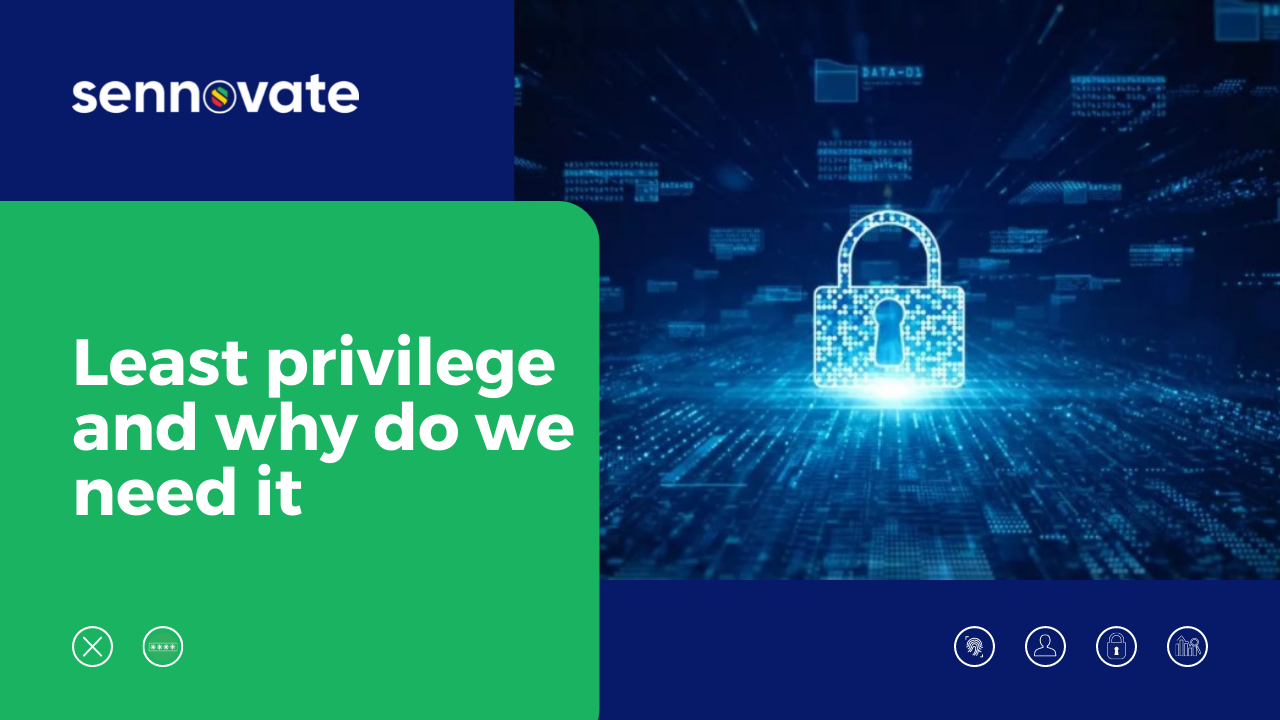

Least privilege and why do we need it
The “least Privilege” comes from the “Principle of Least Privilege“(POLP) which simply means that each unit in an organization (including users and applications) should be provided only with minimum access to resources required to complete its task, by hiding other complexities of the organization.
How are these Privileges decided and granted?
As per the organization’s security policy, privileges may be decided on the basis of job roles such as different privileges for the marketing team, HR, Finance departments, and others. These privileges may also be decided on basis of the location of access.
Let us understand with examples
- A marketing manager has no relation with financial strategies or plans of the organization hence it is suitable to hide these details from the marketing team.
- Similarly, HR and operations managers have no relation with the software development tools and resources hence it is appropriate to revoke those permissions from them.
- If we consider location-based privileges, it is apparent that the payroll administrator of a country does not need to have access to employee details of other countries as their policies may vary and so their salary structure. Thus, it is appropriate to void those access from such employees.
- However, there must be a superuser account that has access to almost every resource. These accounts are typically used by trusted IT professionals for administration purposes and to decide, change or modify permissions of other accounts.
Why Least Privilege is important?
The world has seen many data breach incidents where satisfactory privilege management practices were not followed. Famous ones like the NSA 2013 data leak incident, in which a systems administrator leaked the top-secret NSA surveillance program to The Guardian and The Washington Post can be considered as one of the examples.
Another example is the Target 2013 breach incident which happened due to the ill-managed privilege of the HVAC contractor. Hackers gained access to the network using the privilege of the HVAC contractor. The contractor had access to upload and manipulate executables which was more than required access to carry out the upkeep tasks. It caused Target a total of 18.5 million dollars to resolve the state investigation that affected its 41 million customers .
You never know when your employees can become loyal to your competitors, thus it becomes a need-of-hour for any organization to provide minimum privileges at different levels to all employees. These minimum privileges can be granted to employees of the organization by deciding their roles and the scope of their needs to access the organization’s resources.
How Privilege Access is managed?
To maintain privileges at different levels most of the organizations have started implementing PAM (Privileged Access Management) solutions. These solutions provide vaults to secure and store credentials of privileged accounts thereby reducing threats of breaches. These solutions assess the user on basis of more than one factor – Multi-factor Authentication, which ensures that the person accessing the resource is the one who is provided with the privilege.
PAM solutions provide complete control to organizations to manage their privileged accounts and ensure confidentiality and integrity.
Benefits of Least Privilege
- Implementing least privilege protects the organization’s network from common threats like SQL injection thereby protects the organization’s database from malicious alteration.
- It prevents the network from tragic vandalism. If the least privilege is implemented then even if the account access is compromised the risks involved will be minimum thus drastic damages could be prevented.
Have questions about finding an
Biometric Authentication consultant?
Call (925) 918-6618 the consultation is free.
About Sennovate
Sennovate delivers custom identity and access management solutions to businesses around the world. With global partners and a library of 1000+ integrations, we implement world-class cybersecurity solutions that save your company time and money. We offer a seamless experience with integration across all cloud applications, and a single price for product, implementation, and support. Have questions? The consultation is always free. Email [email protected] or call us at: (925) 918-6618



